45 years worth of radio telescope observations have identified a pair of supermassive black holes at the core of two galaxies set to merge.
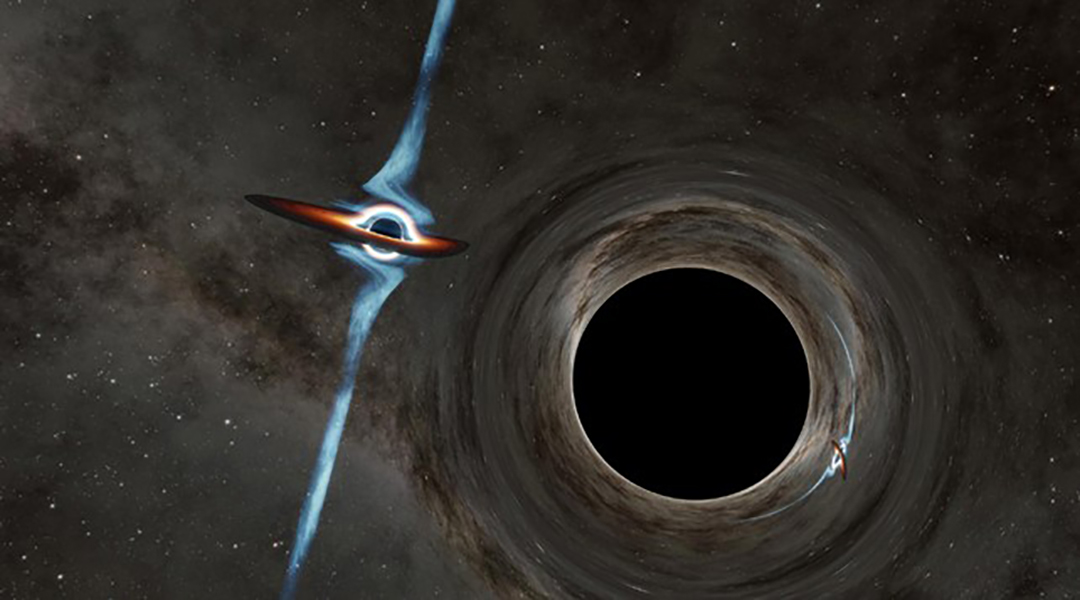

45 years worth of radio telescope observations have identified a pair of supermassive black holes at the core of two galaxies set to merge.
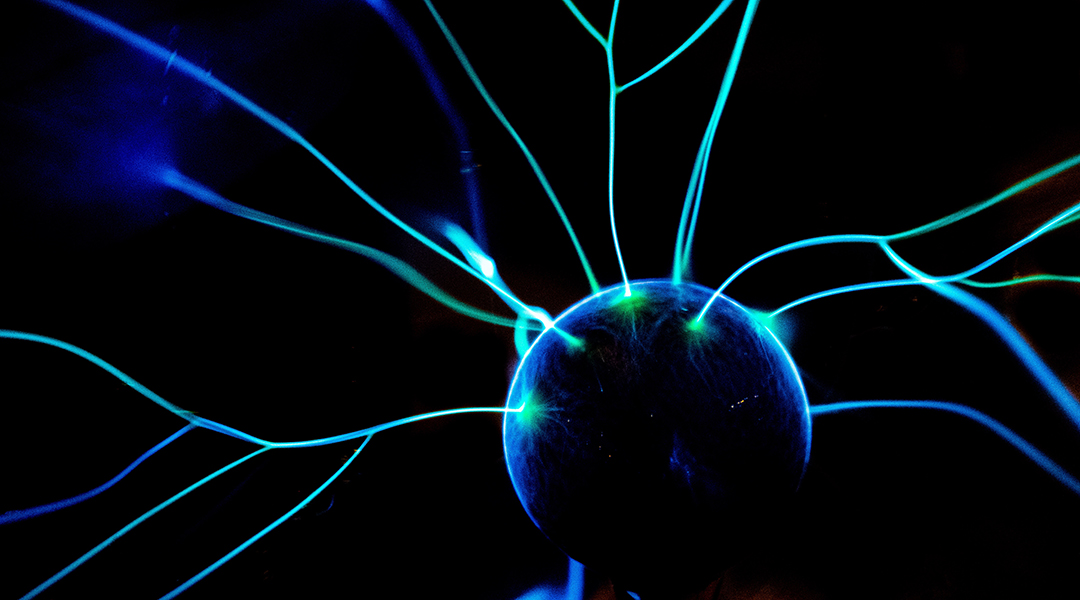
Memristor-based sensing devices generate biological-like electrical signals that mimic those found in the brain for better computing.
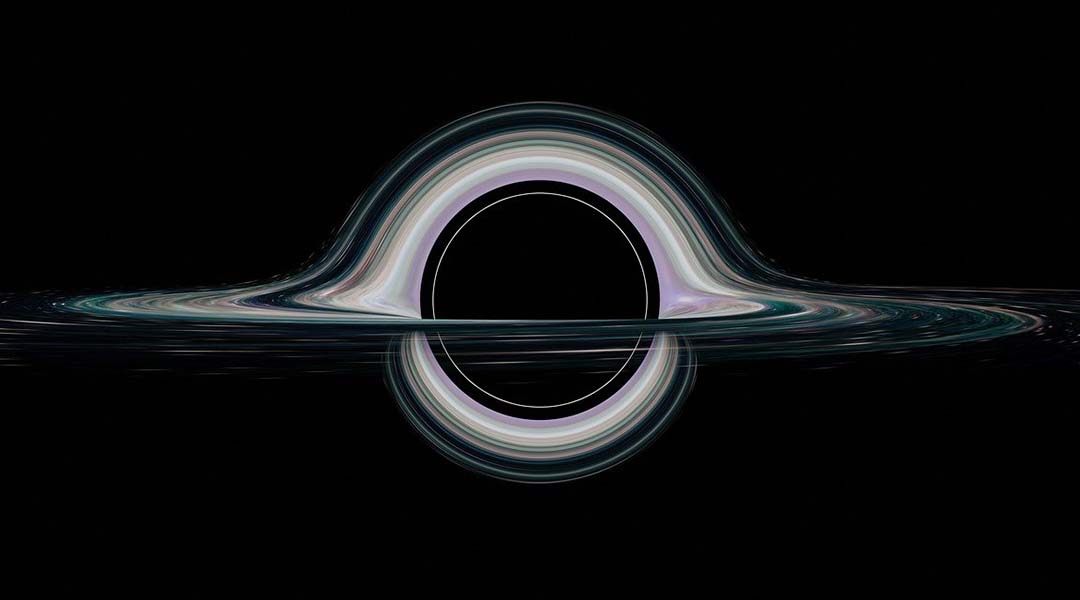
Physicists hope to detect asymmetry in spinning black holes using NASA’s LISA telescope to finally provide proof of quantum gravity.
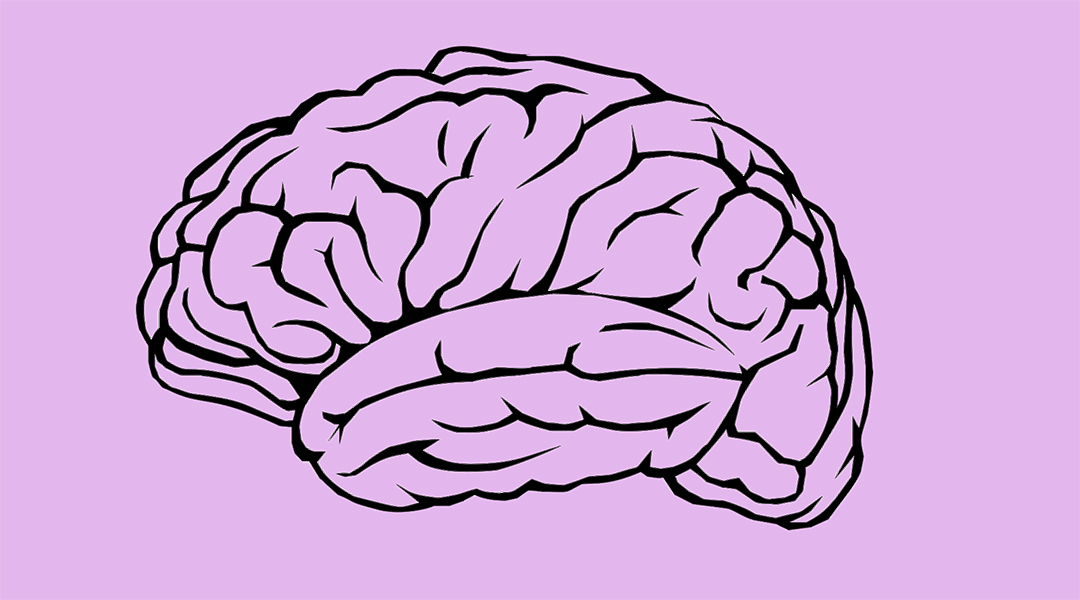
A drug that changes conformation in response to light allows researchers to manipulate neural activity and investigate the link between brain states and behavior.
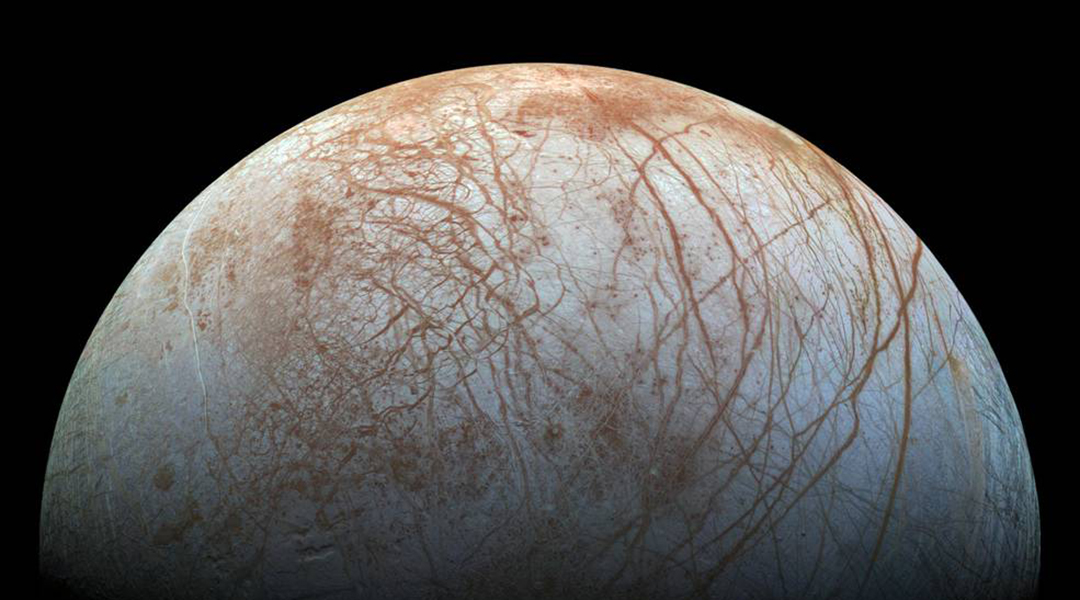
The gravitational push and pull by Jupiter’s moons could account for more warming than the gas giant Jupiter alone.
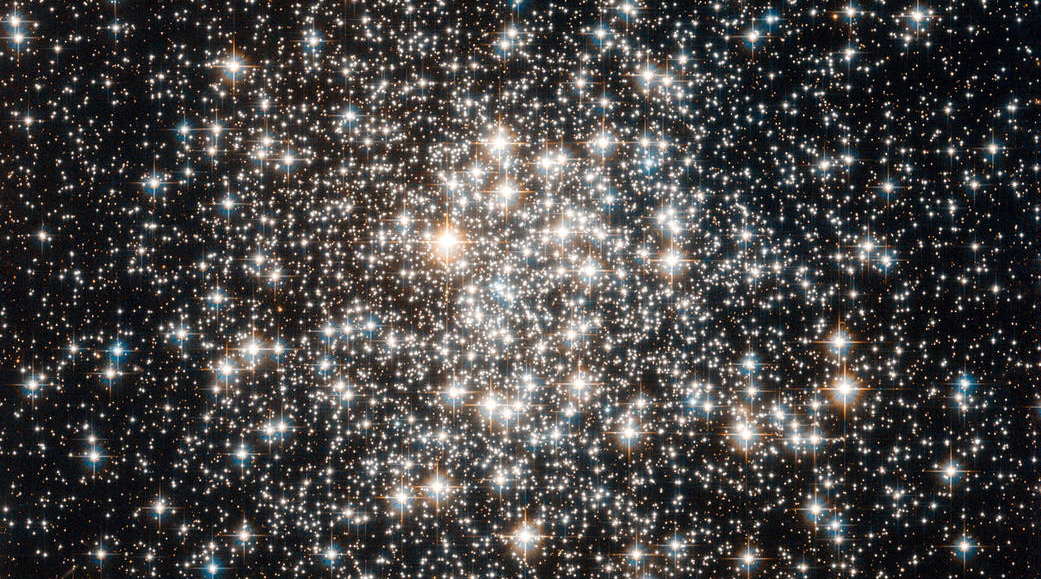
Through the noise, a class of stars reveals its inner workings; poor ‘social distancing’ identified using NASA space telescope
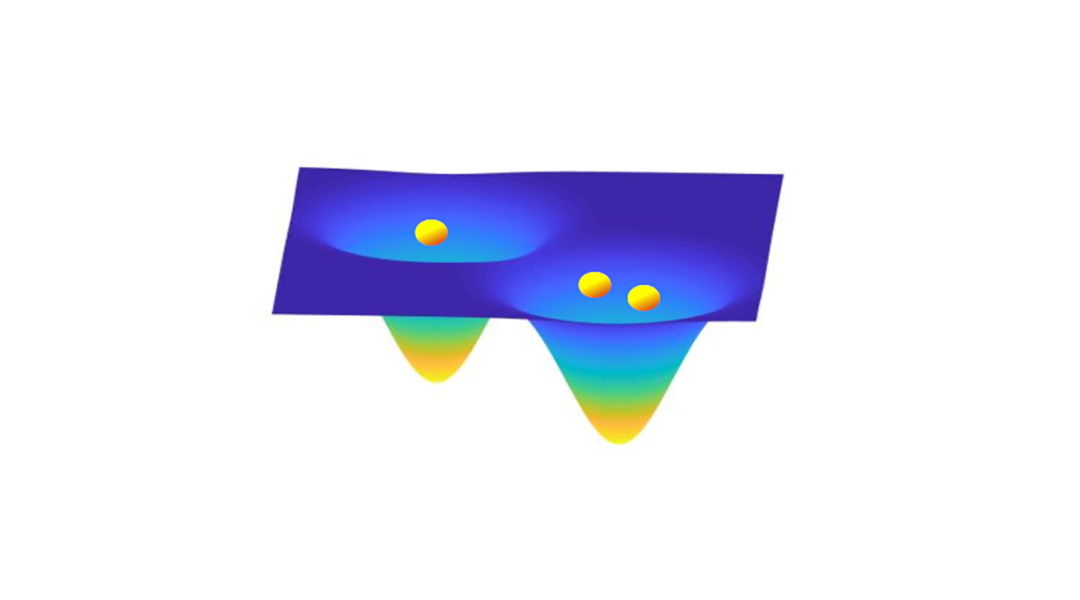
Predicting the experimental conditions that enhance coherence times for semiconducting quantum dot hybrid qubits.
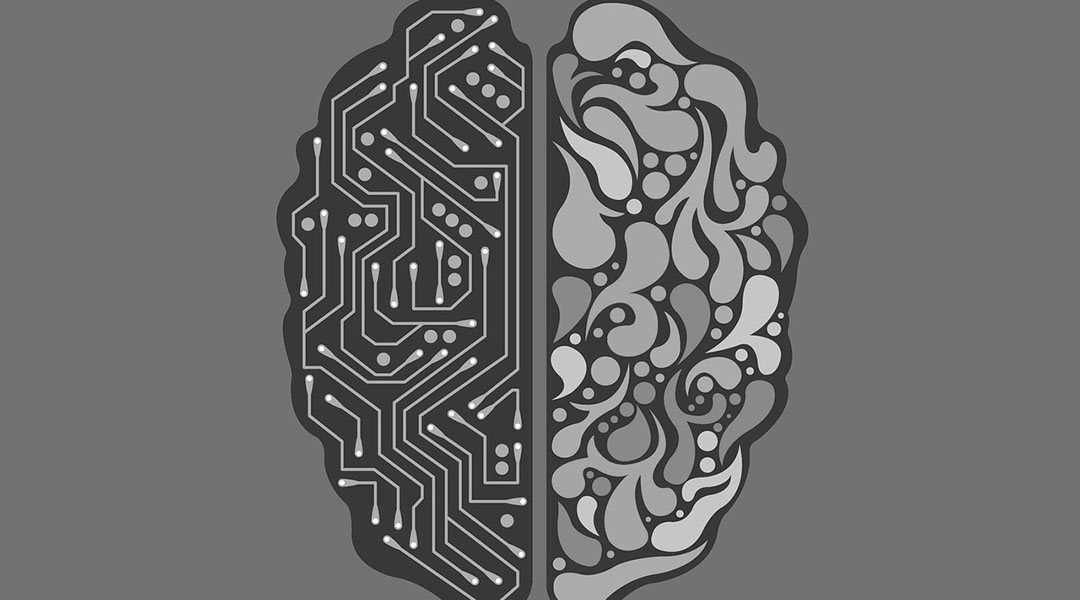
How the brain’s functional connectivity can be induced in neuromorphic devices to overcome the limitations of conventional silicon technology.

The mechanical cycling of a number of microscale 3D polymer‐based architectures is investigated.

Light is perhaps the main environmental cue (zeitgeber) that affects several aspects of physiology and behaviour, such as sleep/wake cycles, orientation of birds and bees, and leaf movements in plants. Temperature can serve as the main zeitgeber in the absence of light cycles, even though it does not lead to rhythmicity through the same mechanism as light.